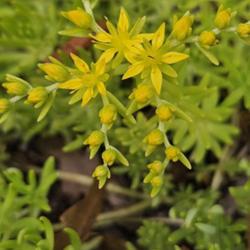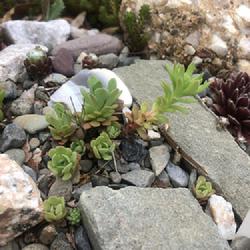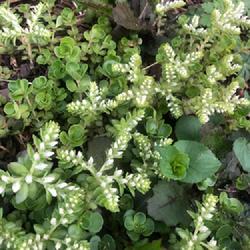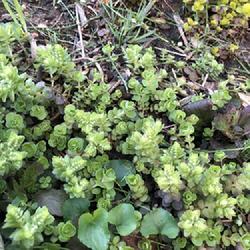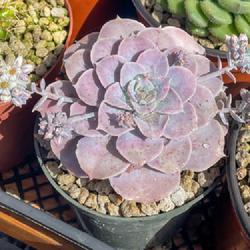Fat leafed, sprawling succulent with really striking red color in strong light. The common name is apt. Bright yellow, wide open flowers appear in terminal clusters. Common and well behaved in cultivation. Provide strong light for best color and form.
Formerly described as a species, this plant is known only from cultivation and is apparently a garden hybrid of Sedum stahlii and some other Sedum, maybe pachyphyllum.
It appears in the database despite a general prohibition on garden hybrids in the form of Genus x species, presumably because at one point (over 4 decades ago) it was considered an actual species. More info here:
https://www.crassulaceae.ch/de...











